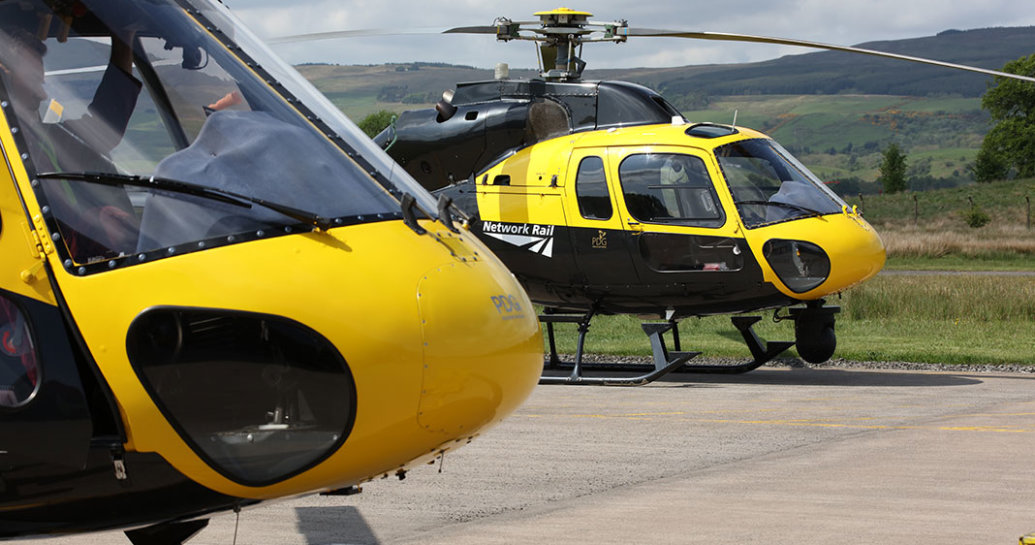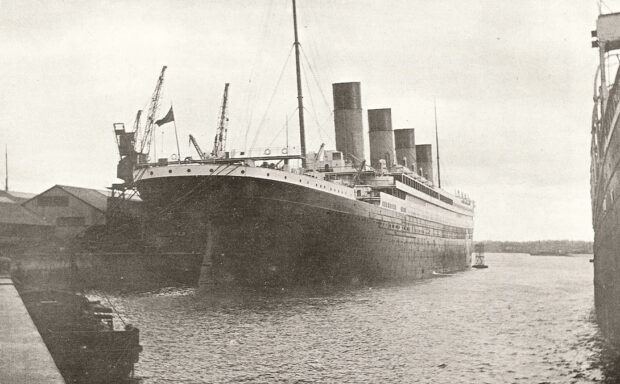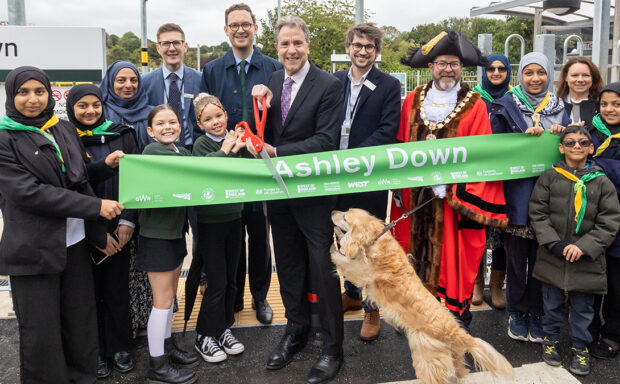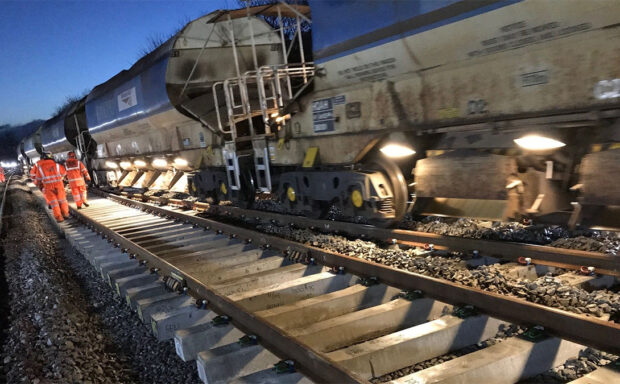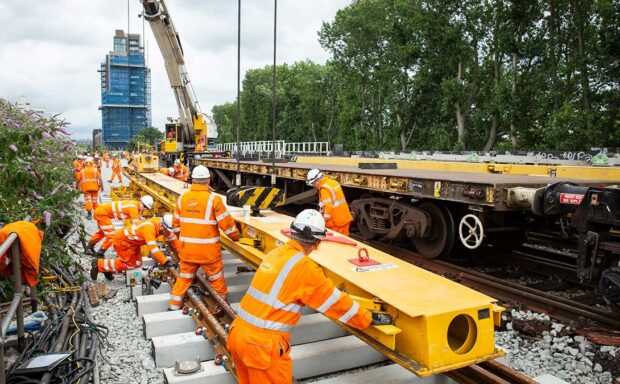Our eyes in the sky – also known as the Air Operations team – help keep you and freight moving throughout autumn and winter.
They carry out vital inspections and surveys from the air by avoiding disruption caused by other types of inspections.
Here’s how they help your journeys during the colder months …
Inspections during the autumn and winter seasons
Our Air Operations team uses two helicopters and several drones to keep an eye on our railway.
In autumn they’re often used to spot flooding, trees or debris on the railway. This can be a particular issue in autumn thanks to storms and heavy rain.
In winter, the team uses special thermal cameras to check equipment such as points heaters are working. Points heaters stop ice from forming and jamming the metal blades, which would otherwise stop trains from being able to change tracks.
The team also looks out for snowdrifts, and ice on the overhead lines that power electric trains and in tunnels – all of which can cause disruption to your journeys.
Using helicopters and drones to spot these issues is often faster than having our staff carry out surveillance on foot. Air Ops can cover large areas in a relatively short time and tell our teams across Britain what’s happening on the ground.
This allows our maintenance colleagues to fix any issues as soon as possible – ideally before they affect your journeys.
Air surveillance also helps us keep our staff safe and the railway open during inspections. We would otherwise have to close sections of the line so our people can safely move across the track.
Using drones to tackle leaves on the line
A few years ago we started using drones to spot leaves on the line. Leaves pose a real safety issue and make autumn the most challenging season for the railway.
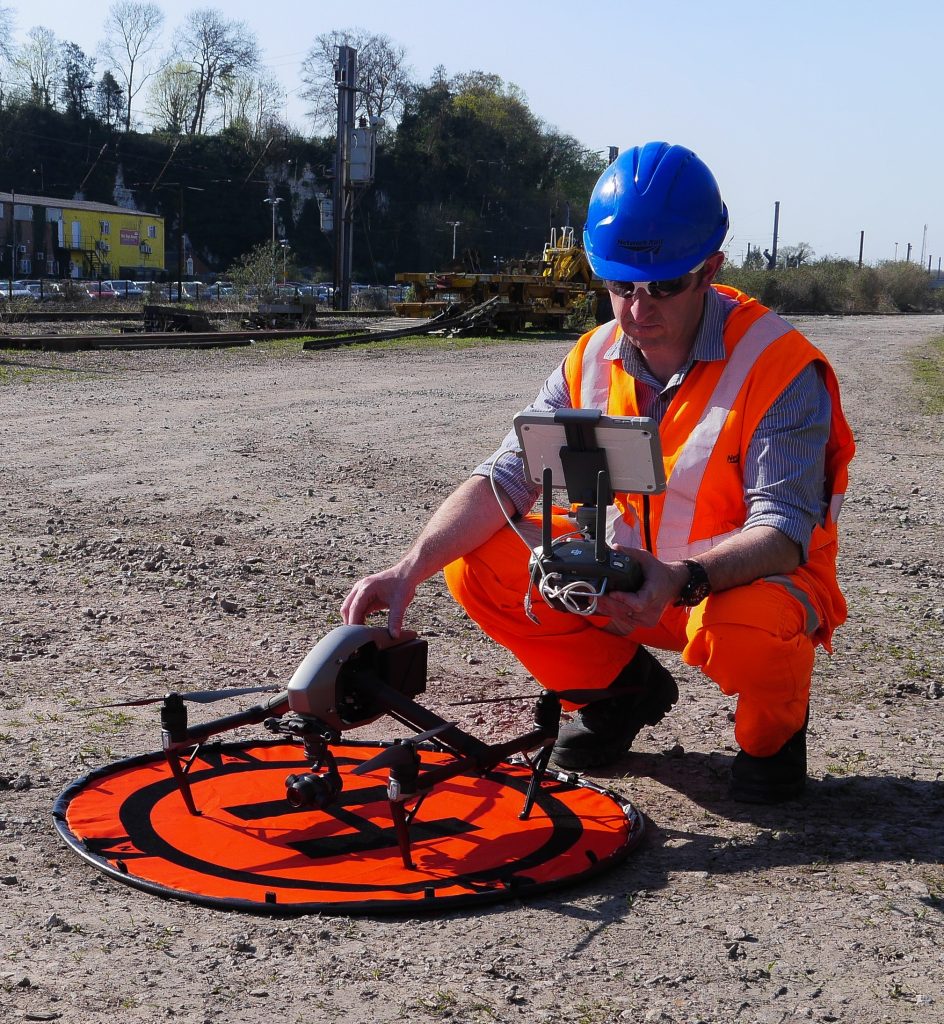
Thousands of tonnes of leaves fall onto our track every autumn. Over time, these leaves make the rails slippery – like black ice on the roads.
Drones are ideal for capturing detailed footage – like leaves on the line – because they can fly a lot lower than helicopters – as close as 20 metres above the track.
We fly drones over sections of our routes that are known hotspots for this issue. We also use drones to check sections of track reported to us by train drivers.
We’ve used drones in this way since 2022 on the Central route, which runs between London, Oxfordshire and the West Midlands. Footage has helped us find and clear leaves on the line faster and more safely, meaning we’ve saved over 10,000 minutes of train delays.
We’re now using drones in a similar way across other parts of our railway, including in Scotland.
Dom Mottram, a programme manager for national drone strategy at Network Rail, said: “Air Operations continues to evolve with helicopters and now cutting-edge technology like drones.
“If we can find things quicker, we can fix things quicker meaning we can keep our passengers and freight customers moving on time.”
